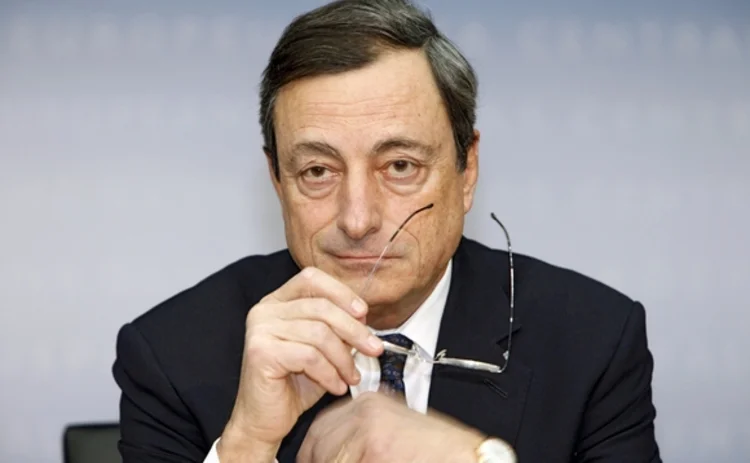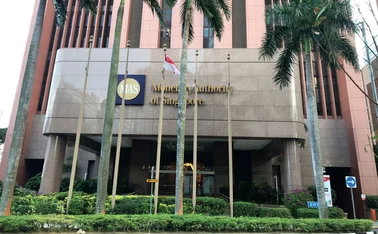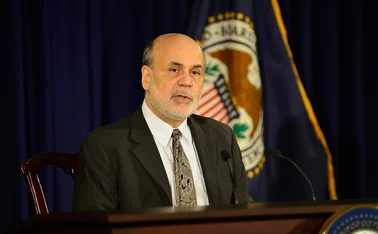
Sluggish growth outlook forces ECB to take drastic action

The European Central Bank's Governing Council on Thursday cut its benchmark interest rate by 25 basis points to 1% and introduced measures to enhance bank lending and liquidity in the euro area money market, in a desperate effort to prevent the eurozone economy from falling into recession.
Speaking at a press conference in Frankfurt, Mario Draghi, the president of the ECB, said the outlook for the euro area economy remained subject to "high uncertainty and substantial downside risks".
He said a moderation in the pace of global demand and a decline in overall financing conditions and confidence resulting from ongoing tensions in euro area sovereign debt markets continued to dampen economic activity in the region.
Latest macroeconomic projections show growth in euro area could fall into negative territory in 2012. According to the Eurosystem's forecasts, with annual real GDP growth expected forecast to range anywhere between -0.4% and 1% during the year. This compares with growth of between 1.5% and 1.7% in 2011.
The ECB announced several extraordinary measures to enhance bank lending and liquidity in the euro area money market.
The central bank will cut its reserve ratio from 2% to 1% on January 18, 2012, in a move that will effectively see banks retrieve half of their deposits from the ECB, estimated at around €100 billion ($133 billion).
It said it plans to ease its collateral rules by reducing the rating threshold for certain asset-backed securities. The ECB said it would begin to accept A-rated asset-backed securities – its "second-best rating" – as collateral in exchange for funds.
The ECB said it would also conduct longer-term refinancing operations (LTROs), by replacing the 12-month LTRO announced on October 6, 2011 with two LTROs of a maturity of 36 months.
Draghi said the wider use of collateral would alleviate funding pressures and provide added confidence to money markets. He said the measures were intended to complement the co-operated global action taken by major central banks on November 30, to keep the banking sector liquid.
In the question and answer session of the press conference, Draghi revealed that there was some dissent to the non-standard liquidity measures. He said opinions were divided on the size of the measures, rather than on the necessity of taking them.
The Governing Council also announced that it was ready to act as an agent to the European Financial Stability Facility in market operations as it prepared to intervene in the secondary markets, but that the collaboration would in no way affect the ECB's balance sheet.
Only users who have a paid subscription or are part of a corporate subscription are able to print or copy content.
To access these options, along with all other subscription benefits, please contact info@centralbanking.com or view our subscription options here: http://subscriptions.centralbanking.com/subscribe
You are currently unable to print this content. Please contact info@centralbanking.com to find out more.
You are currently unable to copy this content. Please contact info@centralbanking.com to find out more.
Copyright Infopro Digital Limited. All rights reserved.
You may share this content using our article tools. Printing this content is for the sole use of the Authorised User (named subscriber), as outlined in our terms and conditions - https://www.infopro-insight.com/terms-conditions/insight-subscriptions/
If you would like to purchase additional rights please email info@centralbanking.com
Copyright Infopro Digital Limited. All rights reserved.
You may share this content using our article tools. Copying this content is for the sole use of the Authorised User (named subscriber), as outlined in our terms and conditions - https://www.infopro-insight.com/terms-conditions/insight-subscriptions/
If you would like to purchase additional rights please email info@centralbanking.com
Most read
- Bernanke calls for total redesign of BoE forecasting
- Taking stock of Bernanke: the original sin of forecasting
- Bank of England: time for fourth-generation forecasting tools?







